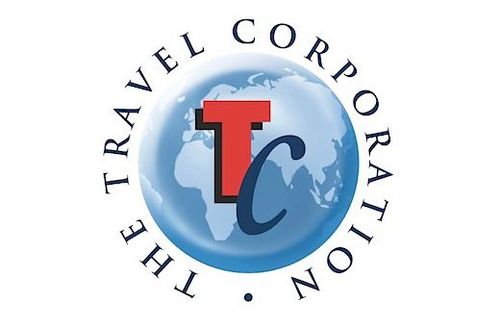Where travel agents earn, learn and save!
News / Google's three best practices to capture travel demand
Travel partners that have been successful in capturing demand coming out of the pandemic are using strategies with three common characteristics

There’s no doubt consumer interest in travel is high – Google has the data to prove it.
The search giant says there has been a surge in queries globally related to travel in the last year. For example, searches for “cheapest countries to visit” were up 7000% between February 22 and April 22 of this year compared to the same period in 2021. Between December 28, 2021, and February 25, 2022, searches for “entry requirements” were up 600%, and searches for “book a flight” were up 70% compared to the same period a year earlier.
In last week’s Q2 earnings report from parent company Alphabet, Google senior vice president and chief business officer Philipp Schindler said searches for places to visit in the summer were up in the second quarter 2X globally year-over-year and searches for last-minute hotel deals were up 50%.
For Google that increased search activity translates to revenue, which was up 14% in Q2 to $40.7 billion “driven by both travel and retail,” according to Alphabet CFO Ruth Porat.
For partners, such as airlines and hotels, the uptick in search activity is a positive sign, but one that still requires strategy to determine how to convert that consumer interest into bookings.
“What we’ve learned over the last couple of years is it’s been really hard to predict where travel will be happening, how many people will be traveling and what restrictions may prevent or empower them,” says Susie Vowinkel, a managing director of global travel for Google.
“What we are really trying to do is help our partners be able to capture that demand without having to know exactly what those things are that they need to anticipate and just to be prepared to capture it naturally as it returns.”
Some of the data tools Google’s offers for partners include Google Trends, Destination Insights with Google, Flight Demand Explores and Mobility Reports.
Vowinkel says travel partners that have been successful in capturing demand coming out of the pandemic are using strategies with three common characteristics:
Insights-led:
Vowinkel says successful travel brands are “taking advantage of the data that exists to tell you more about consumers and what they might be doing as they return to travel.”
Data-driven:
Successful partners are using first-party data, in a privacy-safe way, to make smart about marketing campaigns. A key part of this, she says, is taking advantage of automation capabilities through Performance Max, now available to travel marketers. The system helps marketers access all Google Ads inventory from a single campaign across YouTube, Display, Search, Discover, Gmail and Maps.
Agile:
Finally, Vowinkel says that as travel demand remains dynamic, brands are better positioned to capture bookings if they can make adjustments to their marketing strategies very quickly.
Looking ahead, Vowinkel says Google will continue to develop travel tools, both to assist partners and to help consumers make travel decisions. One update just released is for “Things to Do.” Following the addition of booking links last fall to the “Things to Do” platform, now the system is integrated with Maps, so consumers can compare and access booking links for tours, activities and attractions directly in the Maps app (currently just on iOS).
Vowinkel says Google is also very interested in sentiment related to business travel and will be releasing custom research on global trends later this year.











